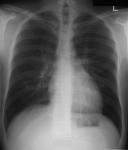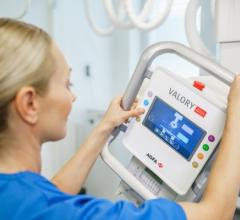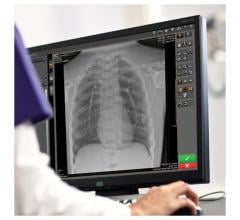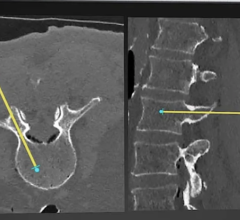
November 4, 2009 - During the National Radiologic Technology Week, Nov. 8-14, which recognizes and honors the radiologic technology personnel who provide medical imaging and radiation therapy treatments, the American Society of Radiologic Technologists (ASRT) has issued recommendations to patients for safer and better X-ray exams.
To promote the importance of improving healthcare for patients, the ASRT is providing X-ray safety tips for every American during NRTW. The ASRT’s goal is to empower patients with the knowledge they need to understand what to look for during exams, which will help increase safety measures and ultimately improve patient care.
ASRT offers the following eight tips for X-ray exam:
1. Tell a doctor or radiologic technologist should know if a patient is pregnant. Many types of X-ray examinations can be performed safely on pregnant women, but the benefits of the exam must be weighed against any risk to the developing fetus.
2. The eyes, thyroid and reproductive organs are more sensitive to radiation than other parts of the body and should be shielded when they are in the path of the X-ray beam, unless the shielding would interfere with the examination. Ask if you think you need shielding.
3. Remain still during the exposure, which lasts only a few seconds. Motion makes the images blurry and requires them to be repeated, adding to radiation exposure. For certain exams, you will be asked to hold your breath so your moving lungs will not blur the image. The easiest way to do this is to take a deep breath, exhale and then take another deep breath and hold it.
4. Remove any metal you may be wearing that could interfere with the X-ray. For example, if you’re having a skull radiograph, remove earrings, hairpins and eyeglasses. For radiographs of the hand, remove rings, bracelets and watches. You may need to wear a hospital gown if your clothing has zippers, metal buttons or snaps.
5. Tell your radiologic technologist if you have any medical or electronic devices in your body, including heart valves, pace makers or metal objects such as those used in orthopedic surgery. Electronic and metal orthopedic devices may interfere with certain types of exams or pose risks.
6. Don’t refuse a radiologic examination if there is a clear need for it. Radiographs and other radiologic examinations can provide life-saving information. On the other hand, don’t insist on a radiograph or other type of imaging examination if your physician does not recommend one. Like most things in life, radiologic procedures carry a small risk. They should be performed only when there is medical need.
7. If you’re referred to a different doctor, take all of your prior imaging exams and reports with you so the new doctor doesn’t reorder the same exam. And remember ¾ - the new doctor may call it something different so you may think you haven’t had that exam even though you have.
8. Finally, make sure the person taking the X-ray is a registered radiologic technologist. Registered technologists must graduate from a formal educational program and pass a national certification exam. They also must earn continuing education credits throughout their careers, keeping them up-to-date on changes in technology.
For more information: www.asrt.org


 July 18, 2024
July 18, 2024 







